Windows updates are often known for adding features. Good or bad, most Windows updates bring something new to the table, and that's what makes the OS more exciting. But many times, Updates also remove features instead. Whether it's things like WordPad or... a good Start menu, we've had to say goodbye to a lot of things during the Windows 11 era.
But there's one thing we've lost that stands above the rest: the Windows Subsystem for Android, or the ability to run Android apps. WSA was a short-lived experience that was born (kind of) during the Windows 10 era and killed off within that same generation. But the concept of Android apps on Windows has a lot of appeal — it just needs to be implemented better.
Android apps have a place on Windows
Companies are still offering solutions
Microsoft giving up on running Android apps on Windows may tell you there was no interest in this platform, but that's far from true. People have been wanting to run Android apps and games on their PCs for years, and they still do. Not only are solutions like Bluestacks as popular as ever, even Google itself is now offering something like this through the Google Play Games app for Windows. These platforms let users play Android games on their PC, and they're popular for a reason.
Microsoft had the opportunity to offer such a tool built right into Windows and to make it appealing, and the reasons it failed have nothing to do with the concept. It was Microsoft's implementation that was the problem, paired with the company's inability to invest in something that isn't immediately successful. Microsoft just needs to give it a real shot.
Make it more accessible
Easier setup, available everywhere
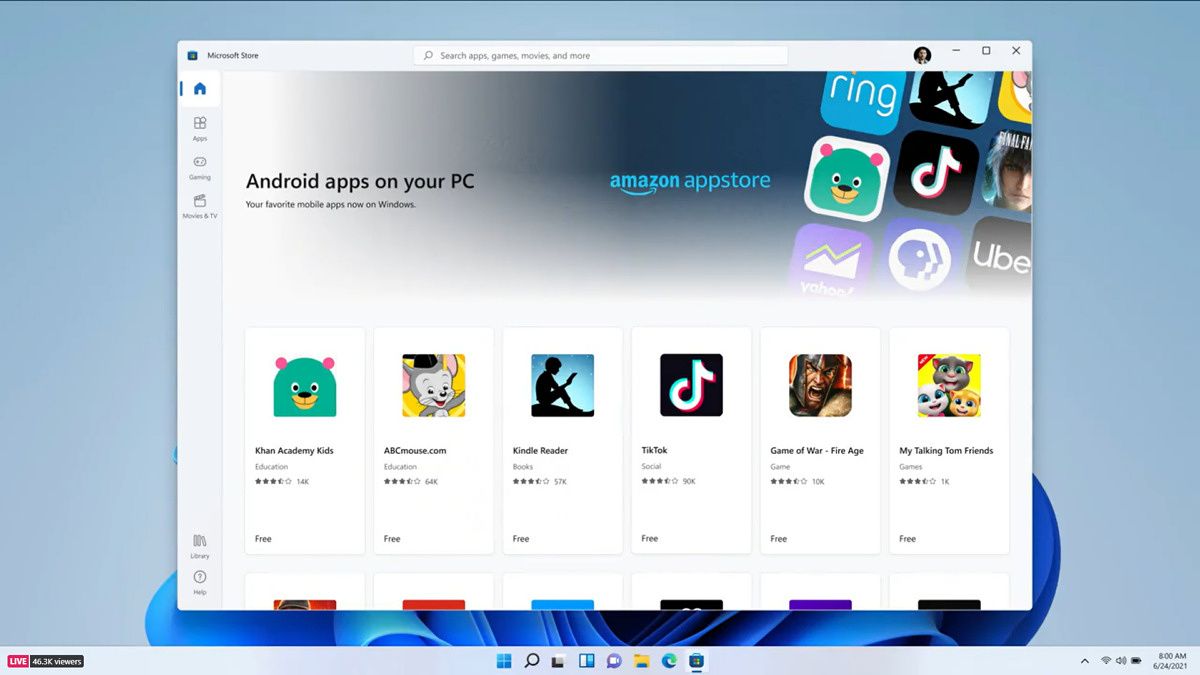
The first big problem with the Windows Subsystem for Android was the barrier to entry. Right off the bat, Microsoft decided to limit the availability of the platform based on region, which instantly cut back on the usefulness of this feature to a majority of its audience. As someone who lives in Portugal, I was never able to set up Android apps unless I changed my PC's region, which most people aren't interested in doing. This should just be available everywhere.
What's more, putting the Windows Subsystem for Android in the Microsoft frankly made this feature harder to find. To install WSA, you had to install the Amazon Appstore (and we'll get to that in a bit), which probably didn't make it clear what it was. Not to mention, you had to open the Microsoft Store in the first place, which a lot of people aren't doing.
Advertising the ability to run Android apps during setup or during first bootup then having a dedicated page for enabling and configuring Android apps in the Settings app would have made the most sense, as the feature would be more discoverable that way. Microsoft would rather ask you what you're going to use your PC for to make meaningless changes to your taskbar than have a prompt saying "You can run Android apps on your PC, do you want to enable this feature?" — and that's a major problem.
Even once you installed WSA, installing apps felt like a more disjointed experience. The company said you'd be able to find Android apps in the Microsoft Store, but I don't think this ever worked properly. Some apps did appear there, but not all of them.
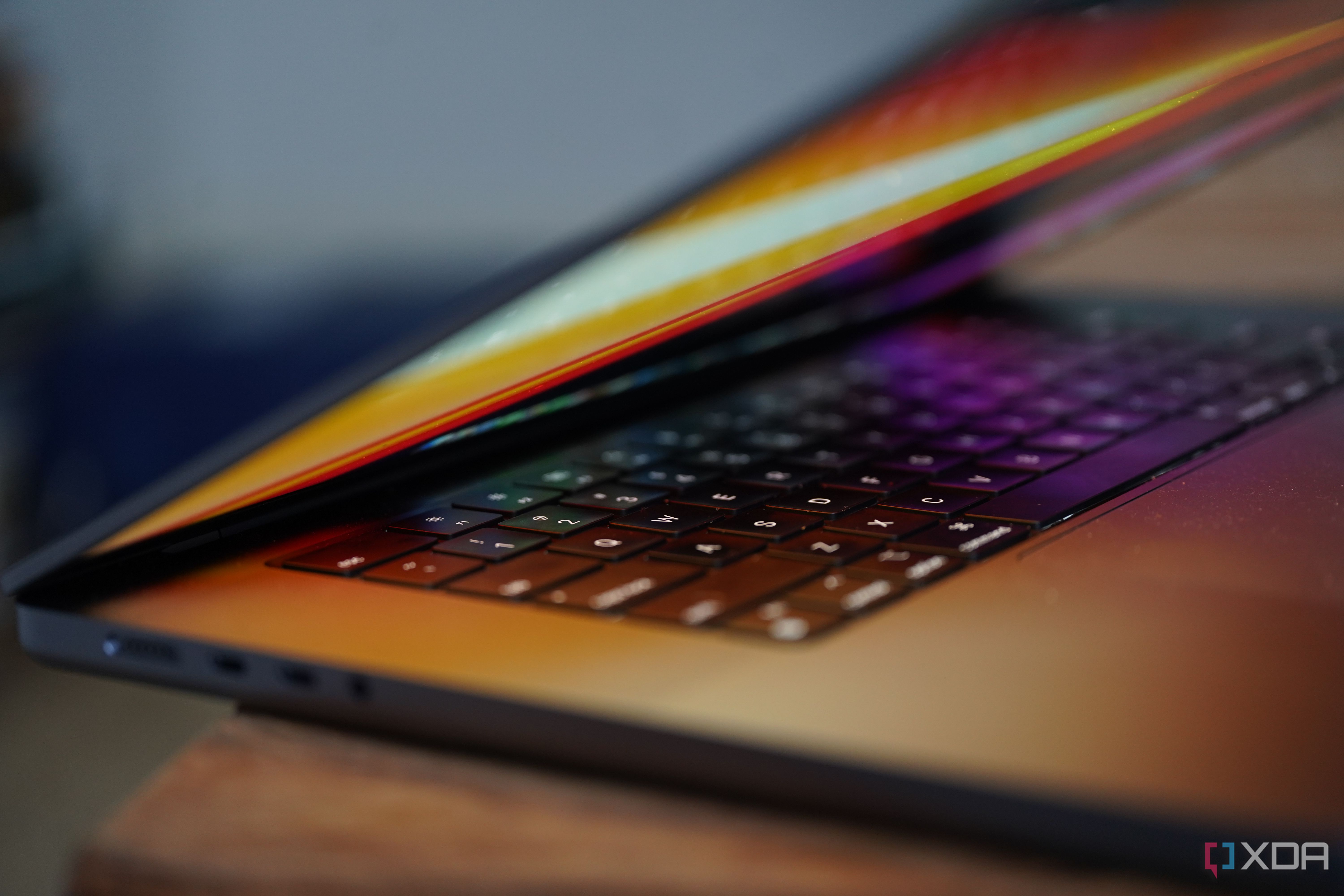
Related
How to install Android apps on macOS
Apple's macOS can actually run Android apps, but not by default
Forget about Amazon
Google services are essential

It blows my mind that Microsoft thought it was a good idea to get Android apps on Windows through Amazon rather than relying on Google. The Android Open Source Project is great, and I'm sure it cost a lot less to license the Amazon Appstore than it would have to get Google on board, but who cares about the Amazon Appstore? Amazon's Android-based devices don't have an audience that cares about apps, and most apps just weren't there. Even once Microsoft expanded beyond the original 1,000 apps that Android support debuted with, there just wasn't anything all too interesting to install unless you got into sideloading. Again, that's not something most people want to do, or know how to do, plus it doesn't solve every problem, as many apps require Google services to function properly.
You might argue Google doesn't want to give Windows the ability to run Android apps indiscriminately as that's one of the features of Chrome OS, but does Google care that much about how users are brought onto the platform? Platforms like Bluestacks come with Google services, and Google itself is offering its own Android games platform on PC, so it's not like Google would be opposed to this at all. There would have benefits for both companies. Not to mention people aren't necessarily buying Chromebooks for the Android app support; they're buying them because they're extremely cheap and run decently well on low-end hardware. Android apps are just a bonus.
Microsoft should bring back WSA and just partner with Google. Not only would this give you access to the entirety of apps you've come to expect from an Android device, but it would also include Google services, so those apps would actually work if they require Google services.
2:59

Related
How to install ADB on Windows, macOS, and Linux
A step-by-step guide to get you started with the Android Debug Bridge tool.
Optimize the performance
Startup times could be a problem
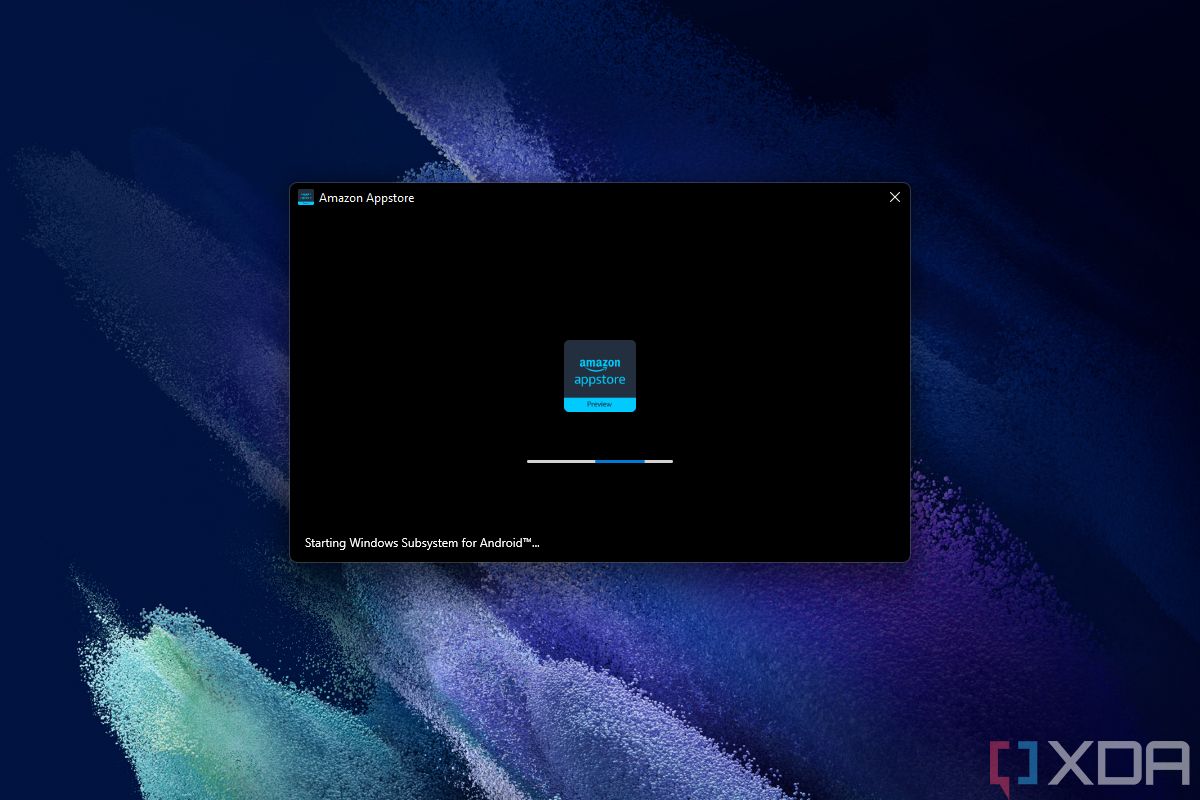
Microsoft definitely had a challenge with the Windows Subsystem for Android. All of this stuff was still running under emulation, which meant that you had to choose: either you'd have the Android subsystem running all the time and using up resources, or you'd start the Android subsystem when you needed an app, which meant waiting a good while for the app to open.
It's odd, though, because this doesn't seem to be as much of a problem with the Windows Subsystem for Linux. Linux isn't constantly running in the background, but it doesn't take an excruciating amount of time to launch a Linux distro in Windows, either.
Eventually, Microsoft seemed to figure out a more balanced solution that allowed some Android services to run in the background, but kept it mostly in standby until an app was launched. This should just have been the default behavior all along, and with some optimization, I believe it could have created a nearly seamless experience. If this was figured out for Linux, I don't see why Android has to be any different.
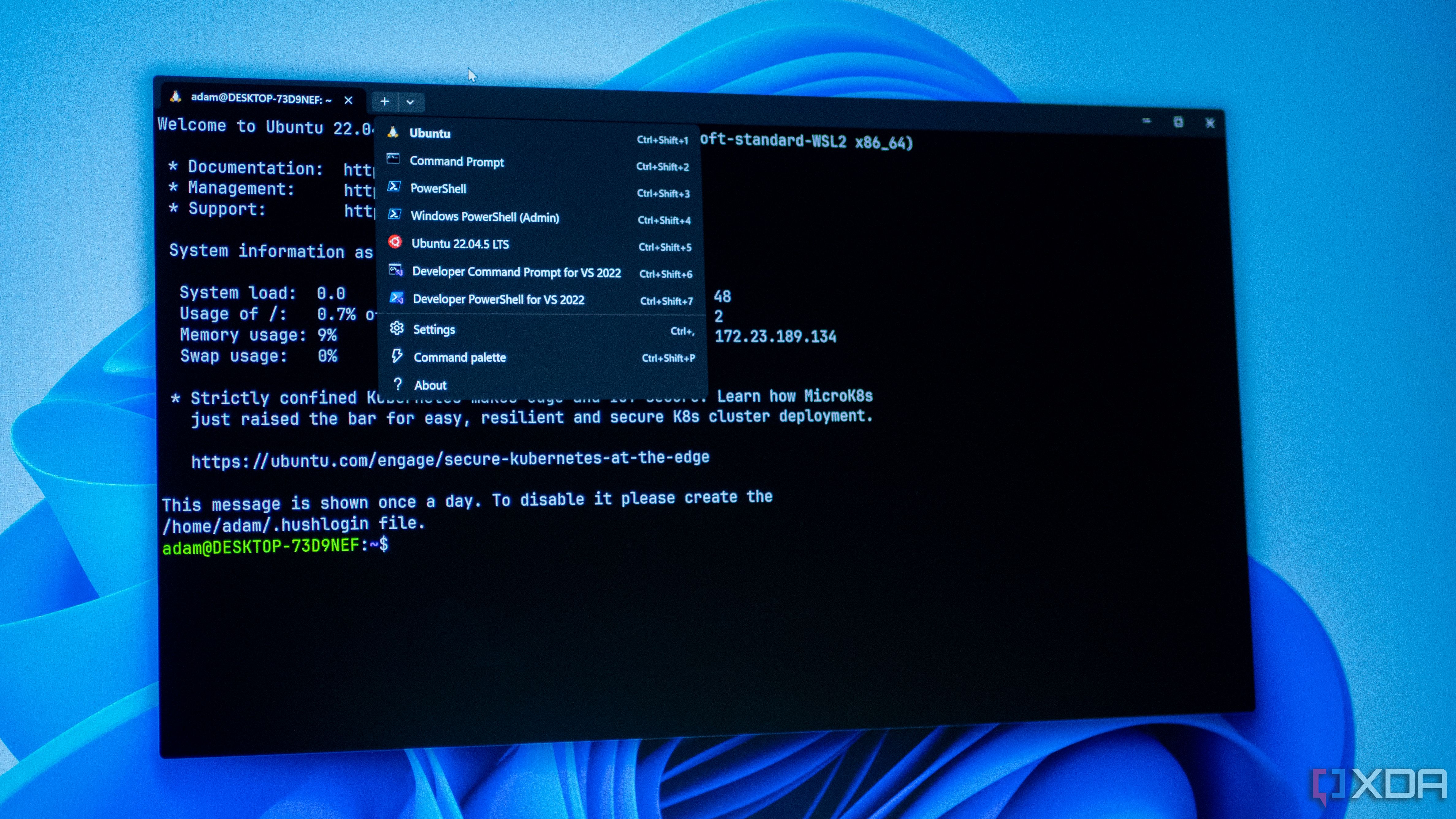
Related
WSL is the best feature added to Windows in the last decade
There have been a lot of features added to Windows over the years, and WSL is arguably the best.
WSA deserves another chance
It was always sort of confusing how the Windows Subsystem for Android got shut down. This was arguably the most exciting part of Windows 11 when it was revealed in June 2021, and to see it killed off within two years of being properly available just made no sense, especially because Microsoft seemed to be putting a good bit of effort into the platform with frequent updates.
Hopefully, the company will consider bringing it back with a new and improved approach that makes it a mainstay on more people's PCs. I know I'd definitely love access to some of my Android apps if it was made more convenient.
.png)
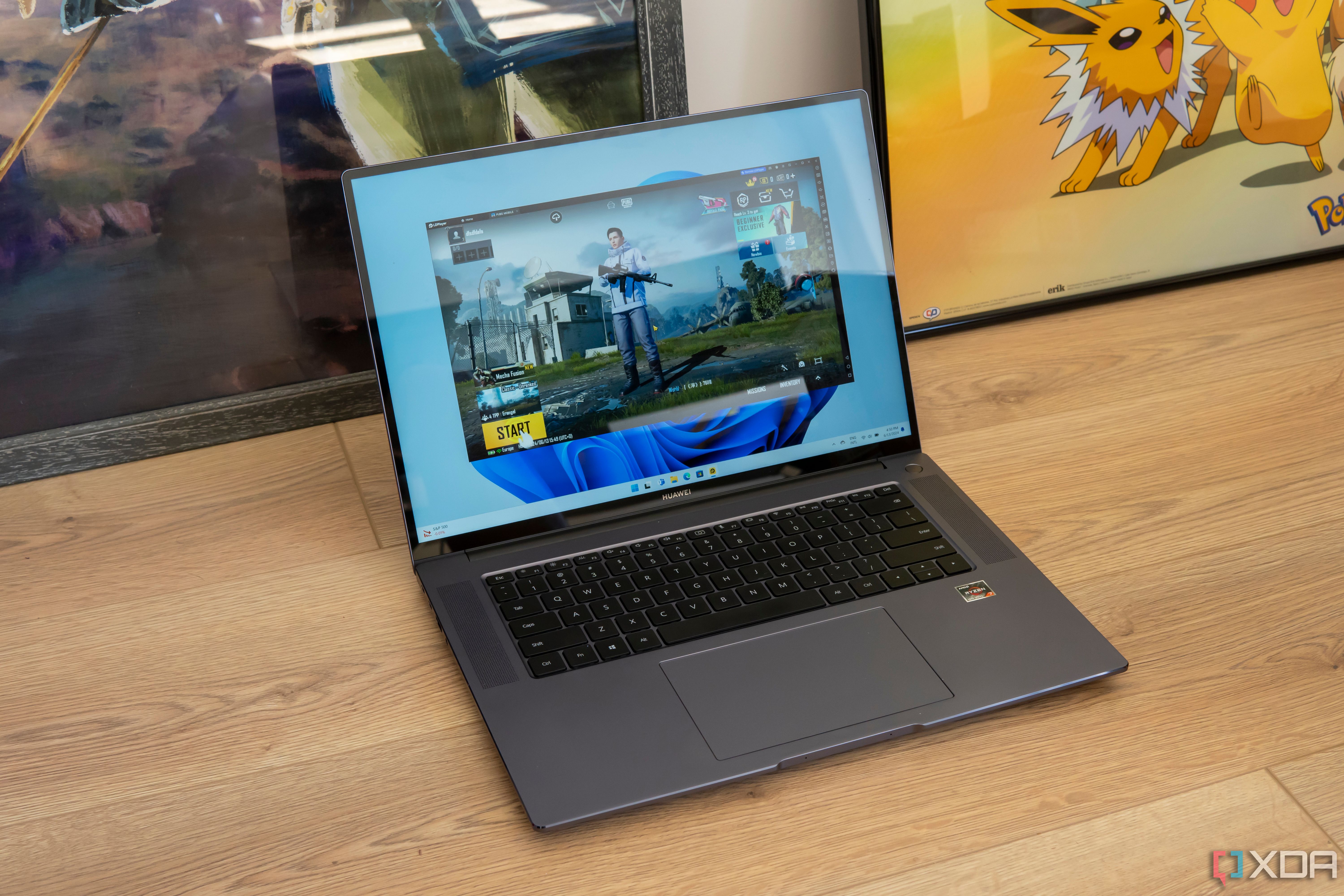


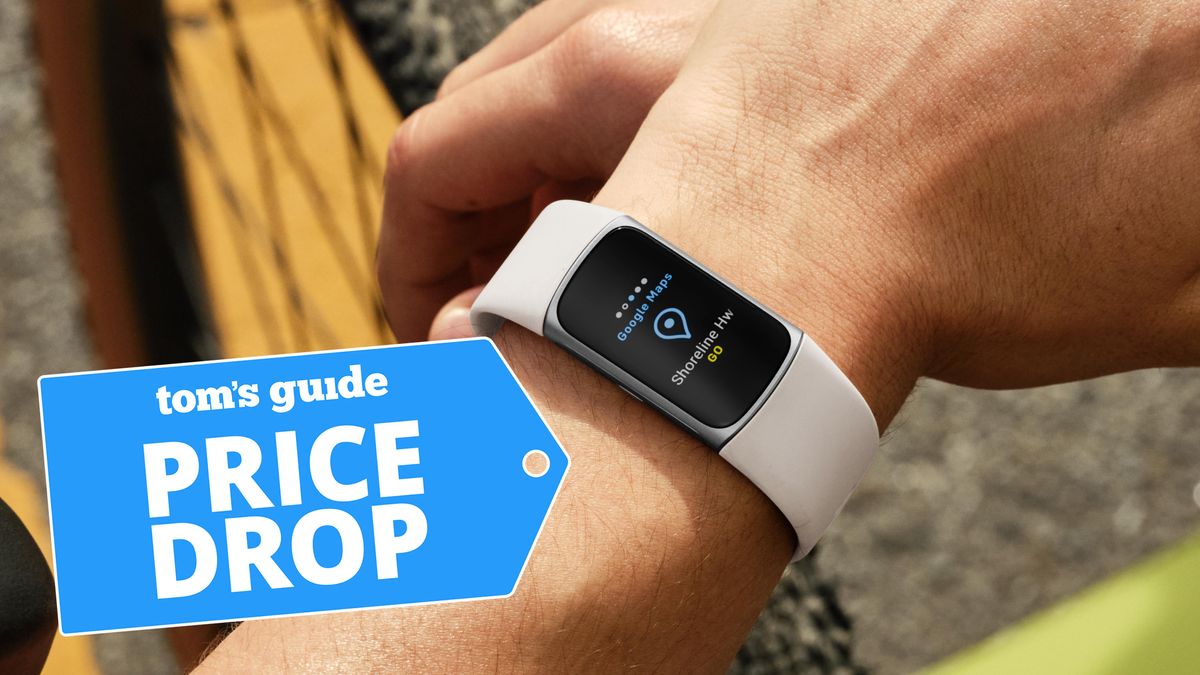
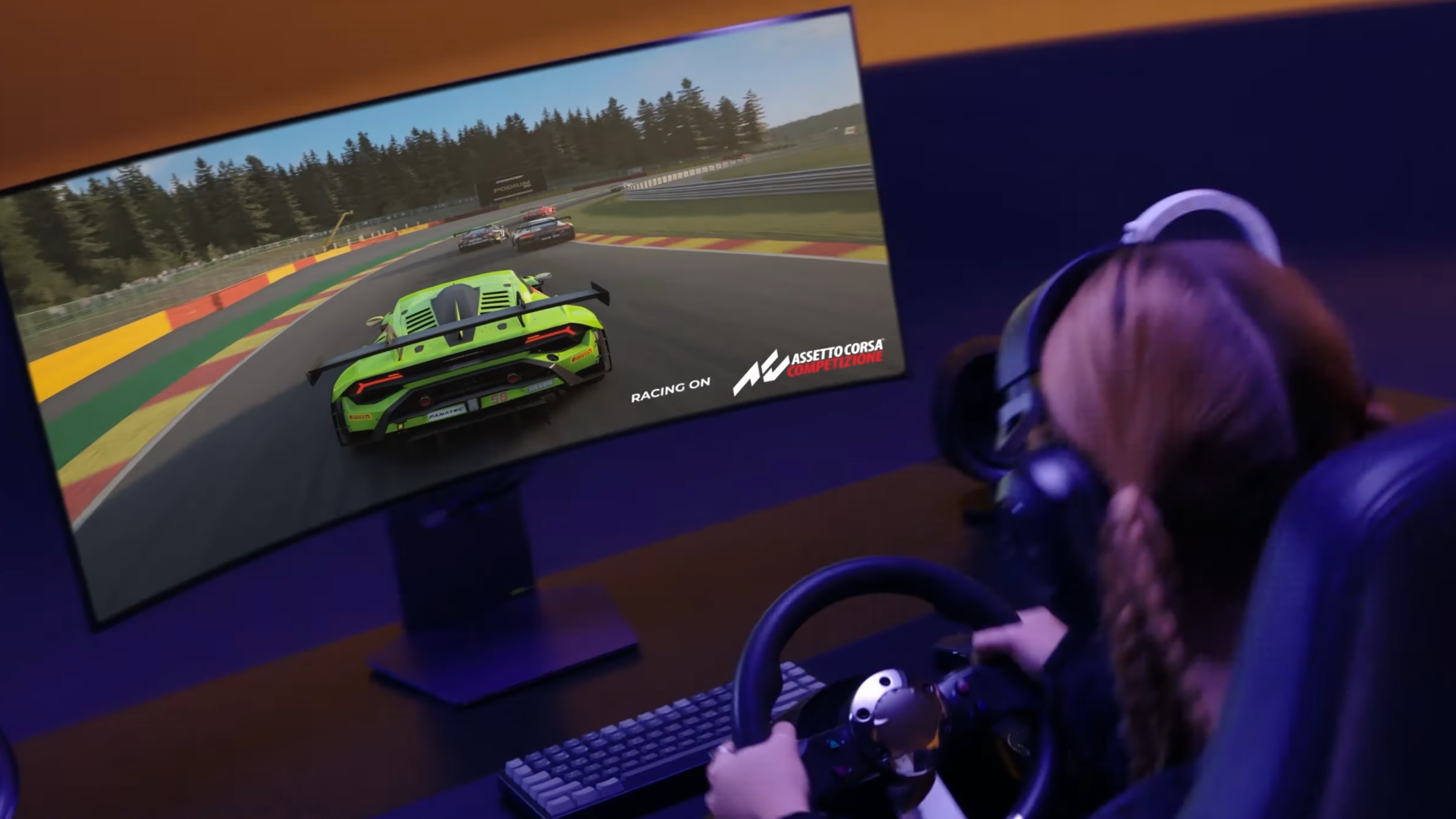
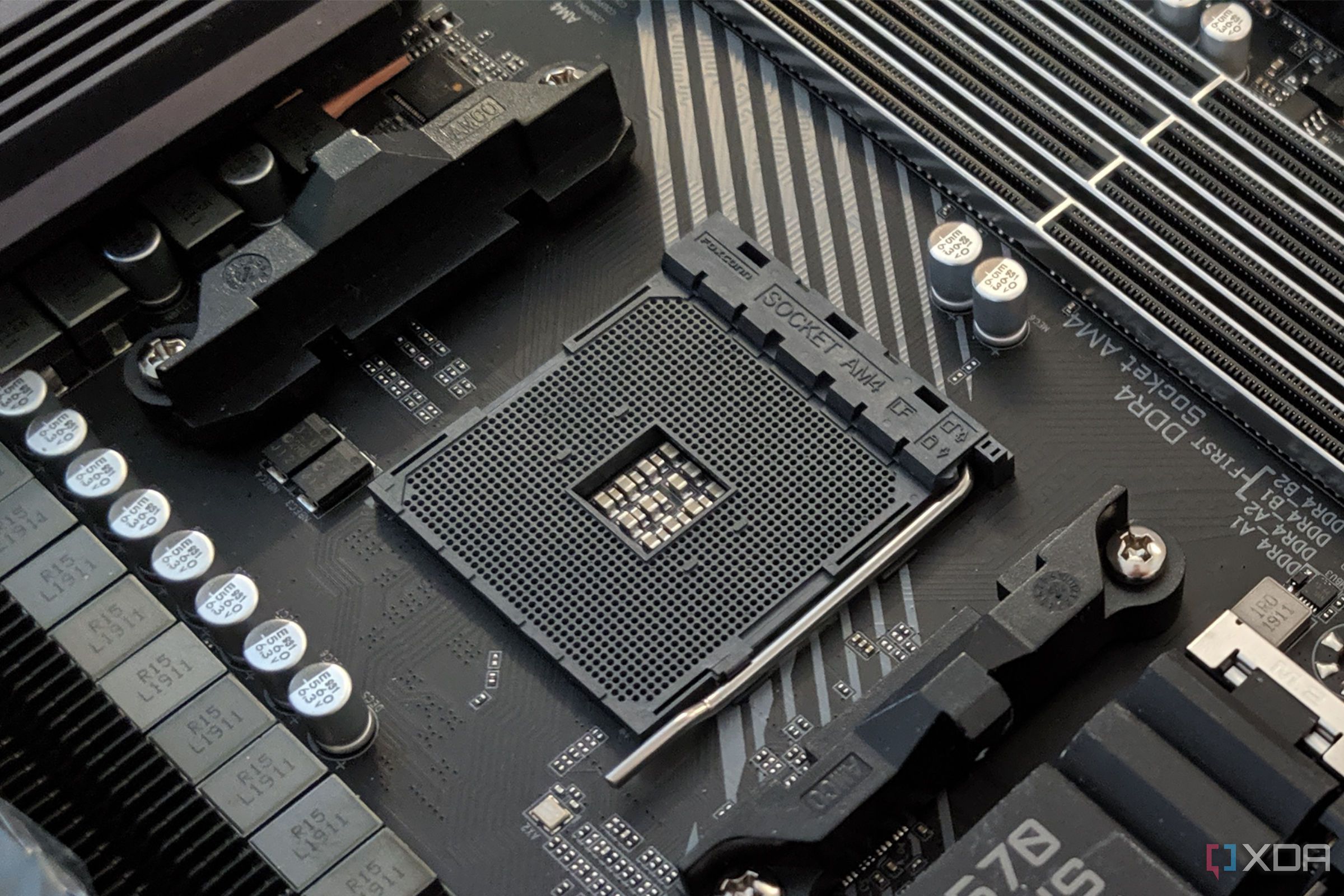





 English (US) ·
English (US) ·